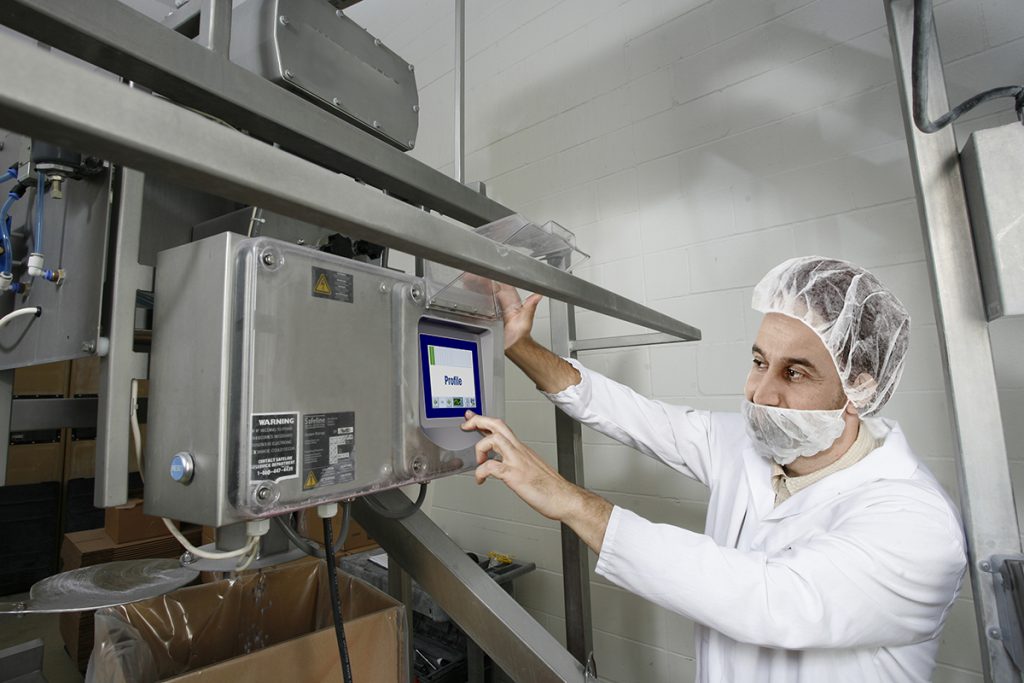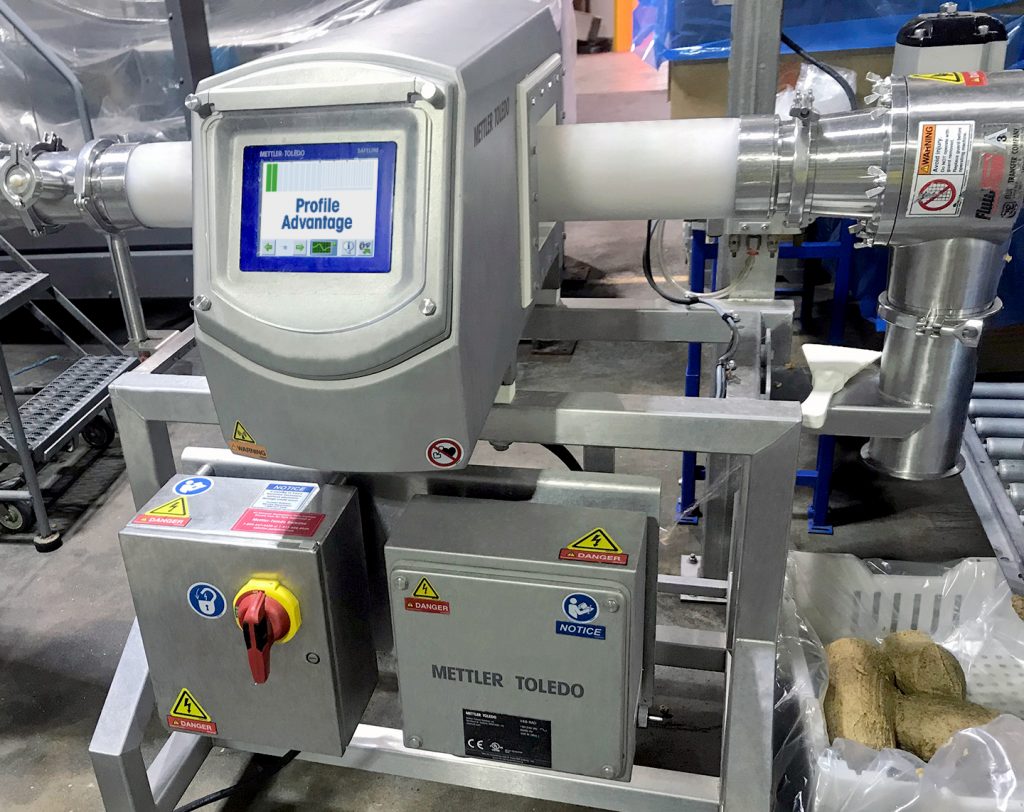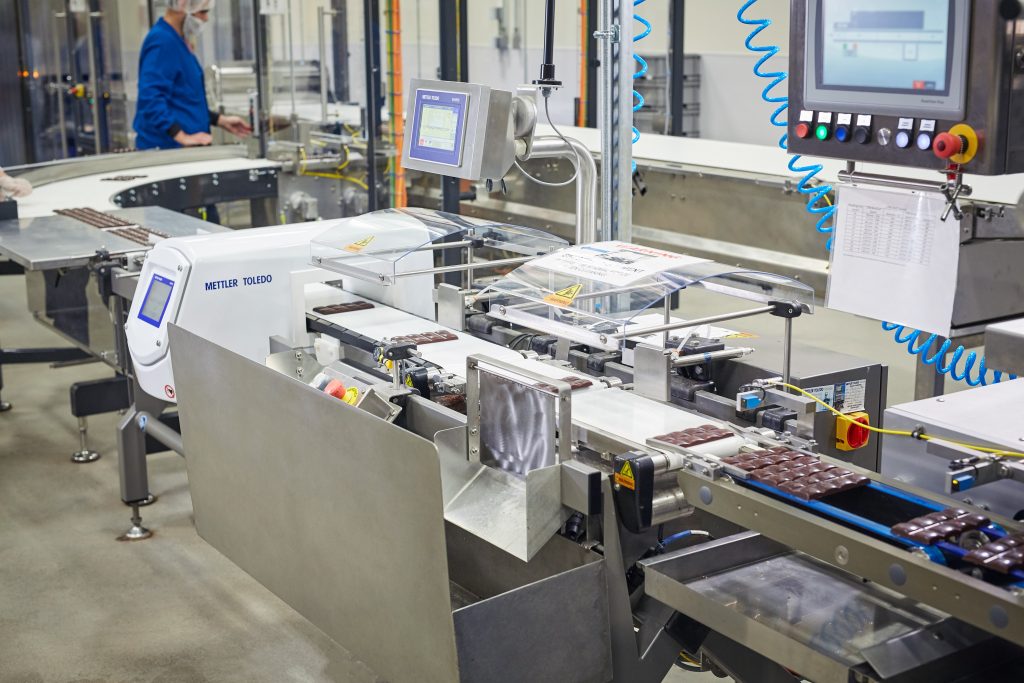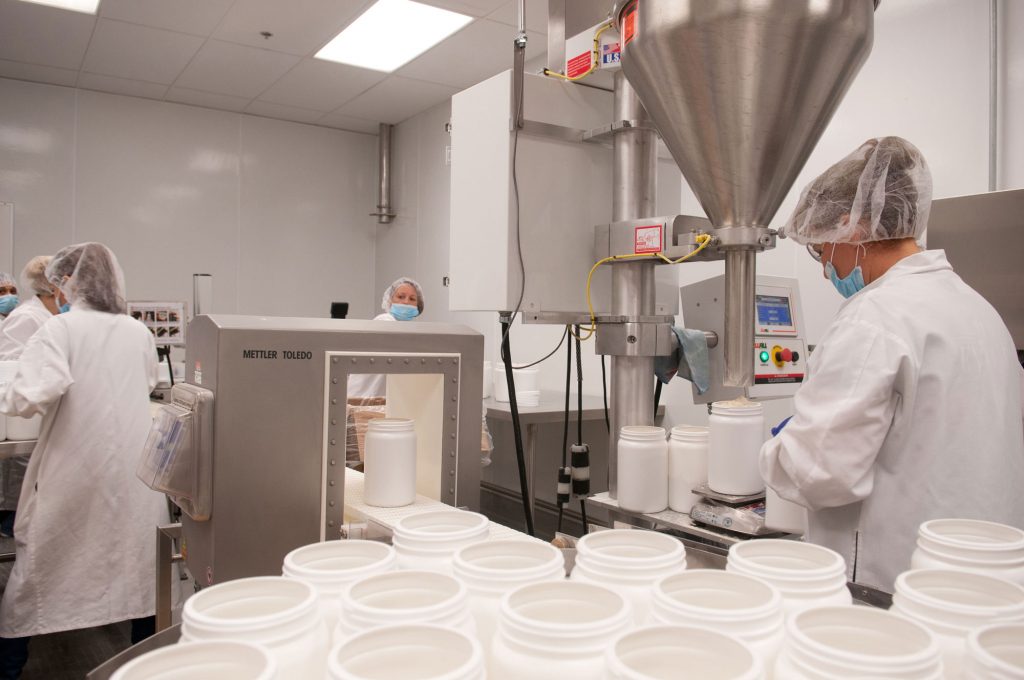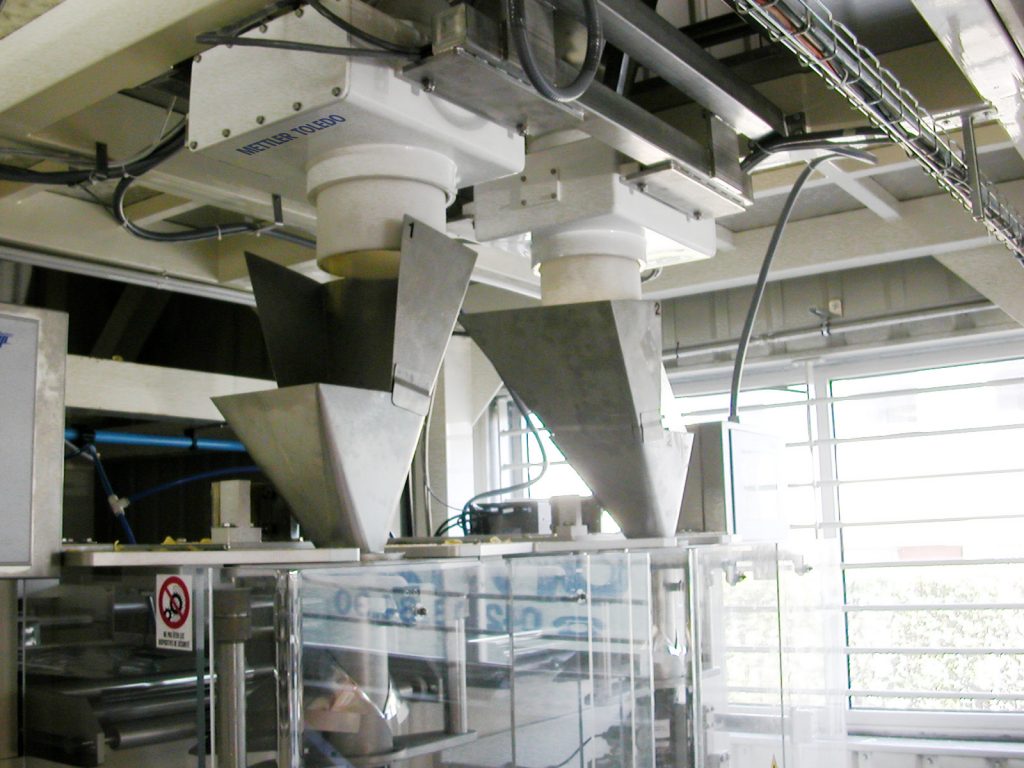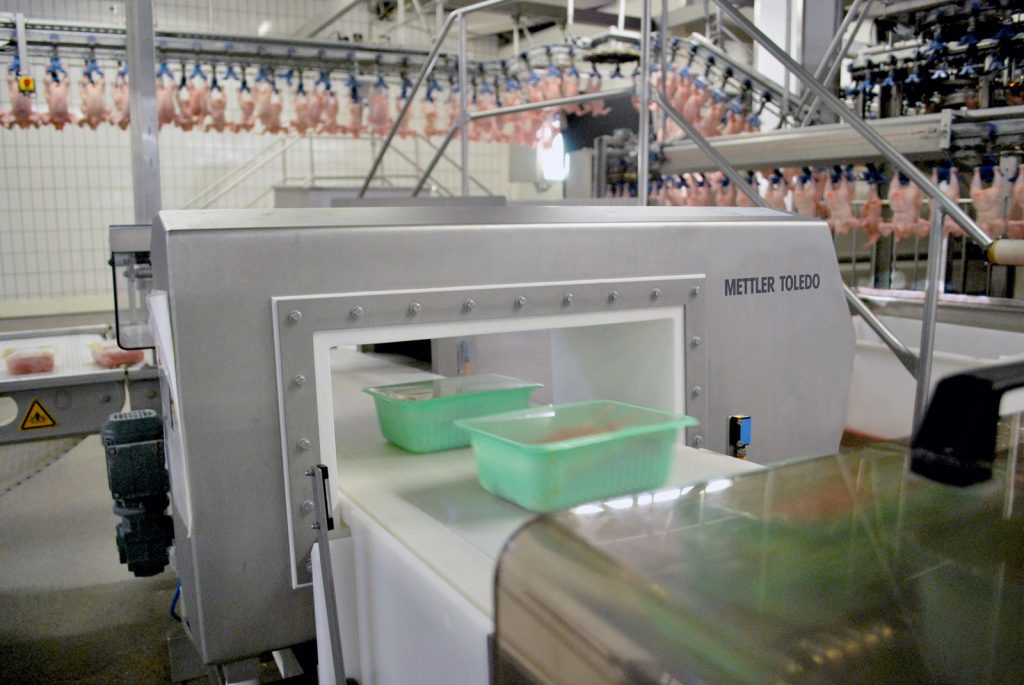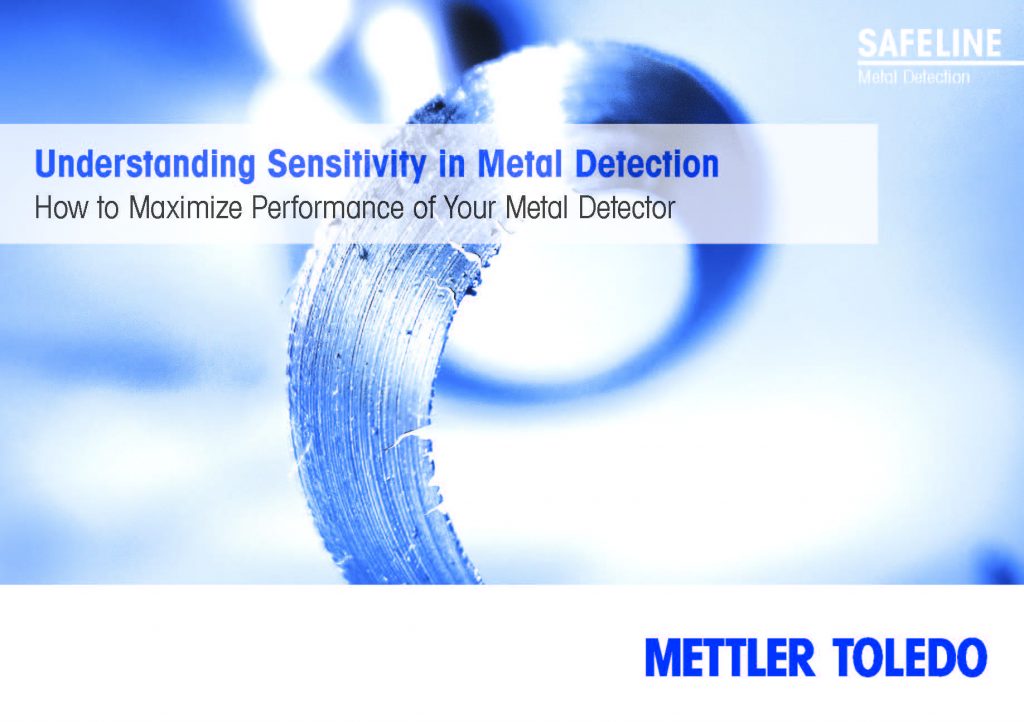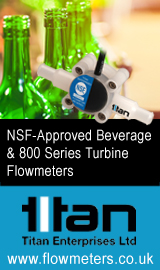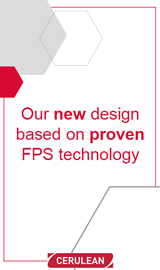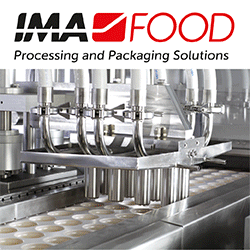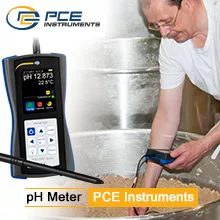Looking to Improve Quality and Productivity?
Most food processors require a metal detector to comply with food safety standards and ensure complete product safety and quality. Although your metal detector may be “ticking all of the boxes”, if it’s not working to the optimum sensitivity specification, then metal contamination could be passing through your production line undetected.
Sensitivity is the measure of a metal detector’s ability to detect a specific type and size of metal contaminant, and is a key contributor to the effectiveness of your metal detection program. The better the sensitivity of the metal detector, the smaller the pieces of irregular-shaped metal it can detect. It is a clear ideal, but one that is complicated by a number of factors.
How is metal detector sensitivity measured?
The sensitivity of a metal detector is measured using certified test pieces. A test piece consists of a metal sphere made from a specific type of metal. The metals used can vary but usually ferrous, non-ferrous and stainless steel test pieces are used, as these are the metals usually identified via a HACCP analysis as likely contaminants in food. A highly sensitive metal detector can detect a metal test piece sphere of less than 1 mm in diameter in food applications.
Sensitivity should always be measured at the center of the metal detector’s aperture, as this is the least sensitive point. When comparing the performance of different metal detectors, the clear winner is usually the one with the best spherical sensitivity across all metal types, when measured in the center of the aperture. However, in some cases, it may not be so clear.
One metal detector could outperform the other on one metal type, and vice versa for another. In this case, calculating the ‘mean sensitivity’ is a more effective performance measure.
While sensitivity performance is important, equally so is the stability of the metal detector in “real world” production environments. Varying product effects and fluctuating electromagnetic interference are significant factors that can impact performance. Without protection from such interference – such as METTLER TOLEDO’s Enhanced Noise Immunity (ENI) and Enhanced Vibration Immunity (EVI) features -and adequate detection thresholds, the risk of false rejects rises significantly.
Factors that contribute to metal detection sensitivity
There are a number of factors that affect the detection sensitivity of a metal detector. It is important to understand the impacts that product characteristics, metal type, aperture size, environmental conditions and detection frequency can have on performance to get the most out of a metal detection program.
How sensitivity impacts real-life contaminant detection capabilities
When measuring the sensitivity of a metal detector, a test piece must be reliably detectable when passed through the centre of the aperture of the metal detector. However, there is a significant difference between the test piece’s spherical sensitivity and the length of an irregular-shaped or wire contaminant that can be detected. An experienced provider can help you select the right solution to overcome these challenges.
Operating at the highest spherical sensitivity level will provide maximum protection to your brand and company’s reputation, dramatically improving your detection capability to real life contaminants such as wires and swarf.
Download METTLER TOLEDO’s free guide – Understanding Sensitivity in Metal Detection to see how improving detection sensitivity by 25% (going from a ball size of 2.0 mm to 1.5 mm for example) will significantly improve the length of the wire that can be detected, and decrease the risk of undetected metal reaching, and potentially causing harm to, consumers.
Overcome Product Effect in Challenging Applications
Product effect occurs when a product’s own characteristics inhibit the inspection device’s ability to distinguish between the product being inspected, and a particular metal contaminant type. Product Effect can lead to high false rejects, unless the right technology is employed to minimize the active product signal.
Typical factors that contribute to product effect are:
- Product temperature such as molten chocolate
- Ingredients such as cocoa that can create a false ‘metal’ signal
- Product format such a chocolate bars wrapped in metalized film
- Product consistency
- Orientation on the production line
- Product size and shape.
Modern metal detection systems such as the Profile Advantage metal detector from METTLER TOLEDO overcome product effect by using a unique combination of Product Signal Suppression technology and Multi-Simultaneous Frequency technology to effectively cancel out the product signal, which in turn allows for a dramatic improvement in the metal detector’s ability to detect small irregular-shaped metal contaminants.
How to Achieve Optimum Operating Sensitivity
To protect consumers, maximize efficiency and meet industry standards, manufacturers and processors have an important role to play in identifying, implementing and maintaining an optimum level of metal detector sensitivity.
Choosing a stable, reliable metal detector that delivers enhanced sensitivity levels is an integral part of a food safety program to minimize metal contamination going undetected.
However, having a metal detector is not enough – it must also be correctly installed, operated and maintained for optimal performance. Partnering with a company like METTLER TOLEDO, who have a global service team that can deliver local support is key to maximizing your return on investment and ensuring your metal detection system continues to operate reliably.
We have built our reputation for reliable, high performance metal detection solutions over the past 30 years. In fact, many of our first metal detectors are still in operation today. We offer a wide portfolio of standard and customized solutions to meet your metal detection needs at a variety of price points, and have experts on hand to help you choose the right solution to your production and compliance challenges.
For more information, visit www.mt.com/md-guide-sensitivity

